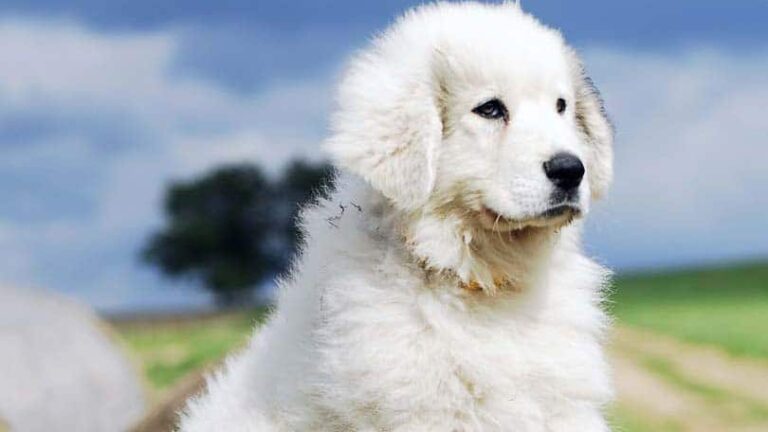Facts about Dogs
There are several conflicting stories and theories about the way that dogs and humans originally became friends. Archaeologists are still uncovering evidence about the first dogs around the world so our picture of the human-dog relationship is developing all the time. Here are some things that we think we know now.
Genetic evidence points to the fact that the earliest domesticated dogs came from China and Africa. The oldest breeds are the Afghan Hound, the Akita, the Alaskan Malamute, the Basenji, the Chow Chow, the Lhasa Apso, the Pekingese, the Saluki, the Samoyed, the Shar-pei, the Shiba Inu, the Shih Tzu, the Siberian Husky, and the Tibetan Terrier.
Current evidence is suggesting that contrary to what was previously thought, dogs are likely descended from small Asiatic wolves and not from Gray wolves. Given the probability that early dogs were first domesticated in southeast Asia and then migrated, this is a likely scenario. DNA evidence also shows little or no contribution from Gray wolves to the DNA of modern dogs.
Gray wolves and domesticated canines were present in North America around 12,000 years ago. However, people migrating across the Bering Strait brought dogs with them from Asia. DNA evidence suggests that there was little or no mingling between the dogs from Asia and the North American dogs. The North American dogs appear to have largely died out — unless new evidence can be found that shows their DNA has survived in some modern dogs. Even dogs that are considered to be North American in origin, such as the Eskimo Dog and the Mexican Hairless, were found to be descended from dogs that originally came from Europe and Asia.
For a long time it was assumed that man domesticated the dog. Now it seems more likely that dogs domesticated themselves. Instead of hunters bringing back puppies to their cave or hut, dogs may have become part of everyday human life by scavenging garbage. It is speculated that when humans settled down into agricultural communities instead of existing by hunting and gathering, wolves or wolf-dogs found it easier to find meals by following the trail of leftovers left by humans than by hunting for themselves. The tamer or more curious wolf-dogs would gradually venture closer to humans in order to get food. People who decry training with food motivation in dogs should consider that it’s always been about food motivation!
Estimates of when wolves started becoming dogs vary considerably. The genetic evidence is consistent that we had recognizable dogs by 15,000 years ago.But the archaeological evidence suggests that dogs and wolf-dogs may have been living with humans long before that time. The genetic evidence suggests that dogs could have begun differentiating from wolves around 50,000 years ago.
In 2008 a team of scientists excavating a cave in Belgium discovered a large canine that they could identify as a dog and not a wolf. This dog lived about 31,700 years ago and shared a diet of horse, musk ox and reindeer with the local humans. The scientists said that this Paleolithic dog likely resembled a Siberian Husky but was much larger.
Scientists aren’t sure what role these early dogs played in human life. They don’t know if they simply hung around settlements or if they helped humans hunt. Did they guard early villages? Were they pack animals used to help carry things? Did they help humans track game? Could they have been pets? No one knows yet.
One sign that early dogs may have been pets or guardians was discovered in a cave in France. A child’s footprints — estimated to be 26,000 years old — were found with a dog’s paw prints beside them. There were signs that the child had been carrying a torch in the dark cave. Was the dog her pet? Was he with her for protection? So it seems.
Before the fossil evidence in Belgium the earliest archaeological evidence for dogs comes from Russia where two large skulls were discovered. There was also a dog jaw bone from Germany. Both of these finds date from about 14,000 years ago. Finds in the Middle East have been dated to between 10,000 and 12,000 years ago. By this time dogs appear to have been widespread throughout Europe and Asia. Fossil evidence from periods after this begins to turn up from Germany, the French Alps, Iraq and is found in cave paintings in Turkey.
It may not have taken very long for dogs to become dogs instead of wolves once they began interacting with humans. Dogs are perhaps the most adaptable animal on earth. They are found in all parts of the earth and have adapted to perform many different tasks and live under many different conditions. It’s been shown that wild foxes living in captivity can develop many of the traits of pet dogs in just ten generations, including changes in their physical appearance.
Wolves may have been domesticated by humans at different times, in different places and developed into dogs.Some of those early domesticated dogs may not have come down to us today. The early domesticated dogs in North America appear not to have survived. It appears that, wherever humans migrated around the world, they took care to take dogs with them. These dogs from southeast Asia ultimately became the ancestors of the modern breeds of dogs with have today.The fact that humans made sure that they took dogs with them wherever they traveled is proof that dogs had already shown that they were valuable companions.
As human societies developed and became more sophisticated, the dog’s role would become more specialized. Humans would need dogs who could herd their flocks. They would need dogs who could chase and catch game for them. They would need guard dogs and pack dogs. Dogs were so adaptable that they could fill all of these functions and many others.
Would dogs have developed if humans hadn’t created settlements and started farming and staying closer to home? Who knows? It’s possible that humans and dogs had a symbiotic relationship and that each influenced the other. Perhaps humans wouldn’t have been such successful hunters without the help of the dog. Perhaps they wouldn’t have been such successful farmers without dogs to help them. Working together probably helped both species.
It’s hard to imagine a world without dogs or how different human life might be if we had evolved without them.

Having discovered a fondness for insects while pursuing her degree in Biology, Randi Jones was quite bugged to know that people usually dismissed these little creatures as “creepy-crawlies”.







